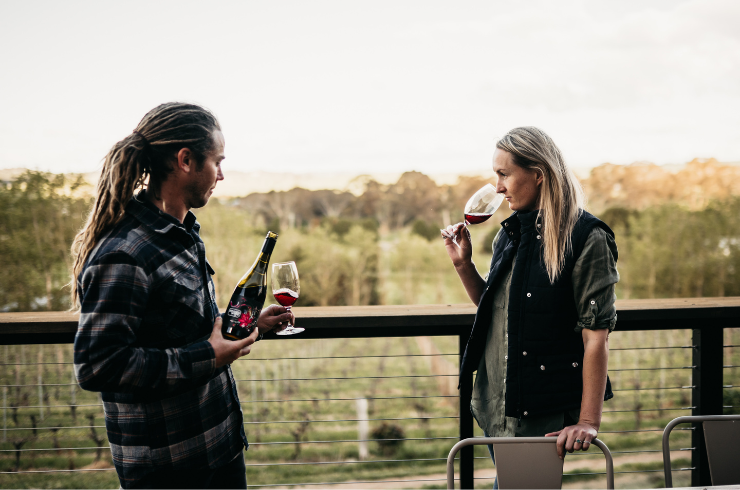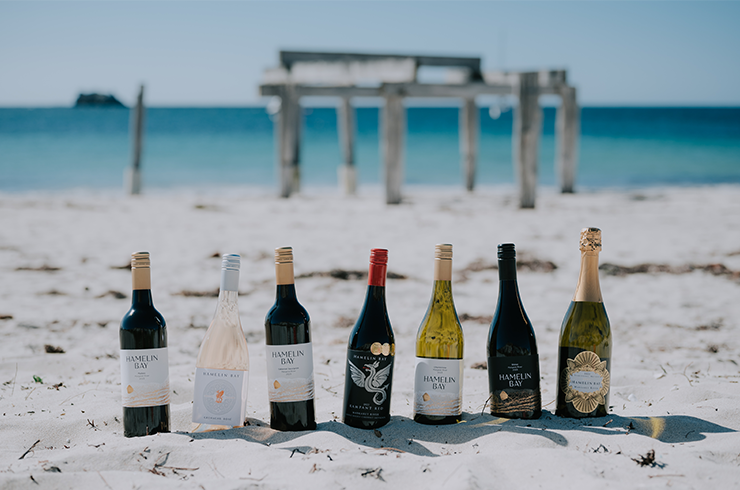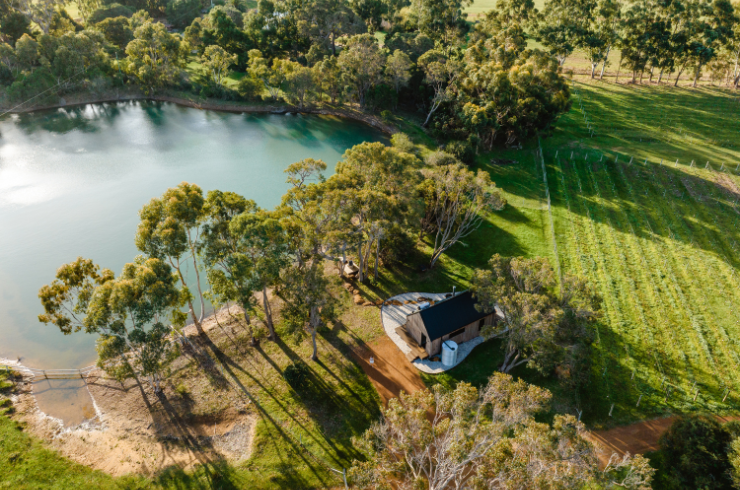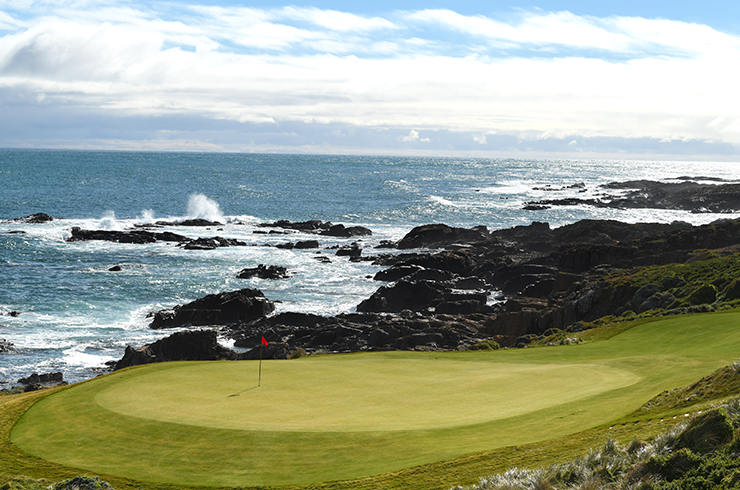While the Geelong region’s reputation has largely been based on the quality of its chardonnay and, in particular, pinot noir, in my first year covering this region I have been more than pleasantly surprised by the overall quality of syrah/shiraz tasted and reviewed for the Halliday Wine Companion. A quick tally of my scores showed that my average points for the 20 or so shiraz I’ve tasted was 93; higher than my average scores for both chardonnay and pinot noir.
Grapes were first planted on the Barwon River in the region in 1842 by Swiss immigrants, and by 1869 Geelong was the most prestigious wine region in the state with almost 400ha planted. Rutherglen was the only region in Victoria with slightly more under vine. The Yarra and Mornington Peninsula’s between them had less than 200ha of vines planted!
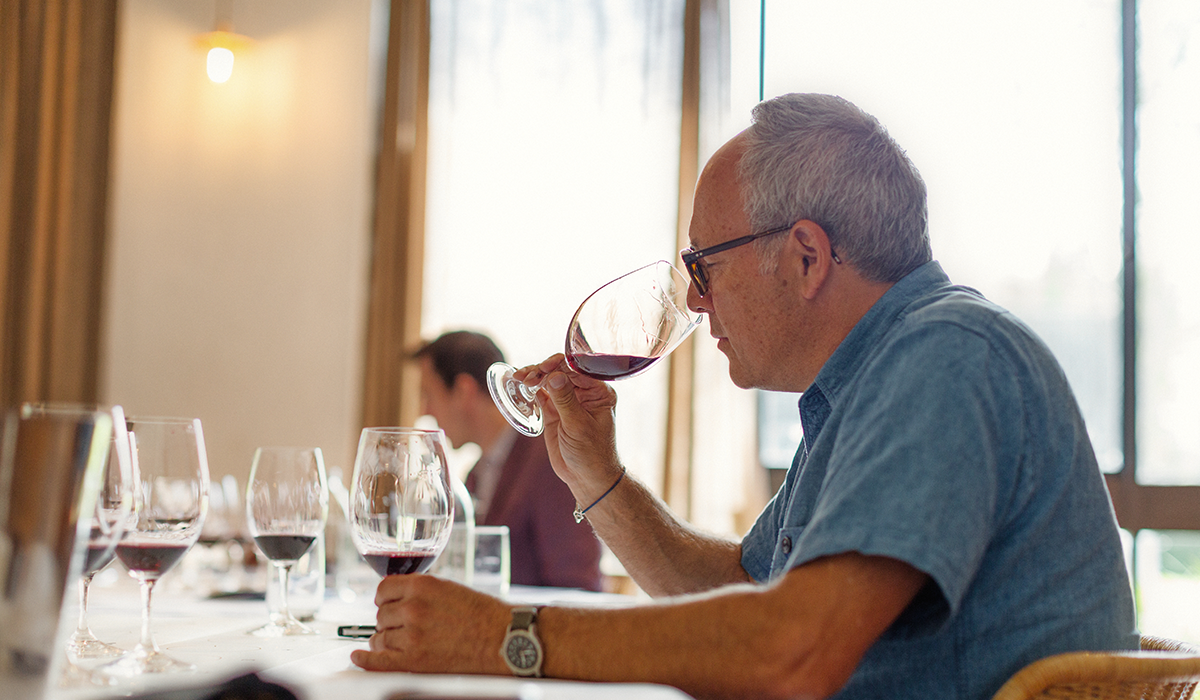
The region’s renaissance began in the mid-1960s, not long after Reg Egan planted vines at Wantirna in the Yarra. Today there is a total of 466ha planted, which is significantly less than the Yarra’s nearly 3000ha. The region is divided into three subregions; the Moorabool Valley, north of Geelong, is the warmest with 141ha planted; the cooler coastal Bellarine Peninsula along Port Phillip Bay with 287ha (and by far the largest amount of shiraz with 47ha); and the even cooler Surf Coast with only 38ha planted. All three of these subregions have produced 95-point wines in 2021 and 2022.
A quick look at past and recent show successes indicates I shouldn’t have been surprised by the quality of shiraz from the region. A number of Geelong wines have taken out the trophy for Best Shiraz at the National Wine Show in Canberra, with Clyde Park being the most recent winner in 2018 with their 2017 Clyde Park Estate Shiraz. This was made by Ben Mullen who left Clyde Park at the end of 2018 to start Mulline in time for the 2019 harvest, and who has produced superb syrahs from 2022 including my top pointed Geelong Shiraz this year. And at last year’s Royal Melbourne Wine Awards, Scotchmans Hill took out the Trevor Mast Trophy for Best Shiraz with their 2021 Shiraz.
Scotchmans Hill winemaker Robin Brockett, who has made wine in the region for over 35 years and has seen a lot of changes in this time, thinks shiraz is now his most consistent performer. He attributes this to a number of things including vine age, site selection and a more minimal approach to winemaking including using open top fermenters and only hand plunging once a day rather than twice.
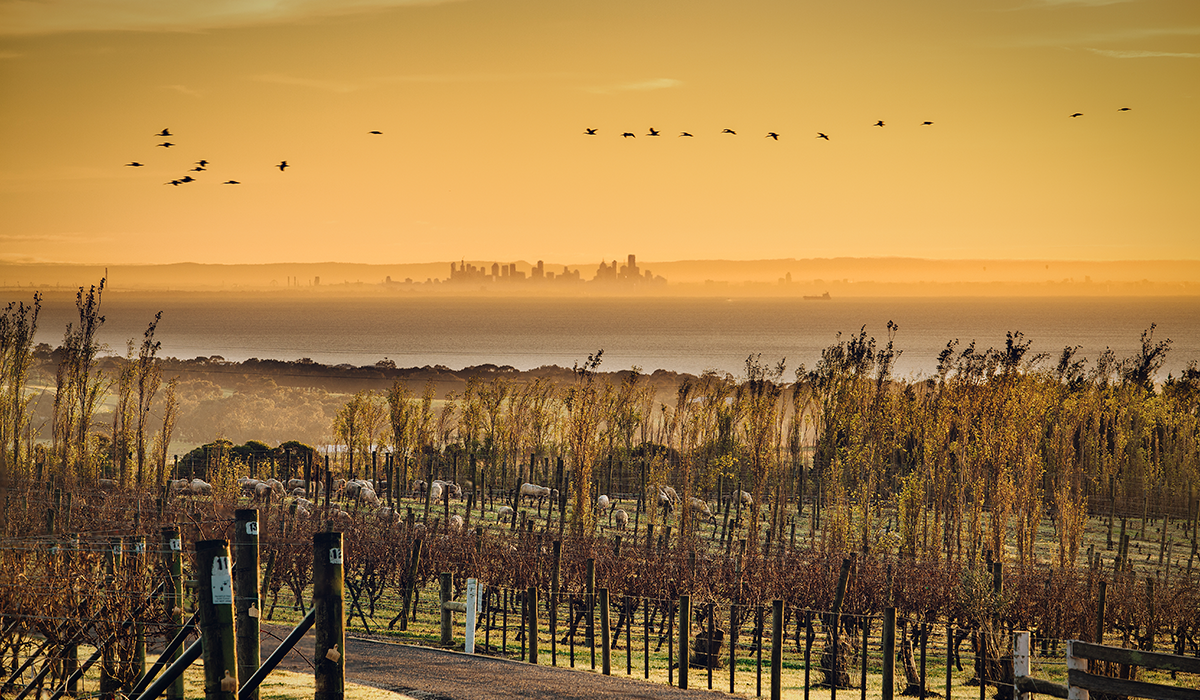
Regarding the importance of site selection, he says: “We are still planting on north facing slopes but also now at higher altitude. We have planted shiraz on top of Scotchmans Hill and these vines are ripening a week later than our other lower shiraz vineyards. These were planted to combat climate change over time."
Indeed, climate change has been a major factor in the region, with Brockett pointing out that 30 years ago it was an issue getting fruit to ripen in the cool years, and it wasn’t uncommon for shiraz to be picked in May. He’s now harvesting in early April and considers that the variety has gone from being marginal to mainstream over the past 25 years. There is still a four-week difference in harvesting across the region.
Ben Mullen, who believes the style he produces is the embodiment of medium bodied, elegant yet structured syrah (as opposed to shiraz), makes wine from grapes grown in both the Moorabool Valley and the Bellarine, and has seen picking dates move into March in the Moorabool and to early to mid-April for the Bellarine. He also talks about the move to picking a bit earlier in the warmer years as well as the use of whole bunches and less oak to produce wines that are more vibrant, structured and balanced.

Mullen sees these two subregions as producing vastly different styles, with Moorabool and its old seabed of limestone basalt soils and more continental climate producing medium bodied wines with red and purple brambly fruits, spices and soft tannins, while the Bellarine and its black basalt soils with clay and limestone show darker black fruits, pepper and spices and structural tannins.
Brockett talks about wines from the Moorabool Valley having darker fruits and more tannin with the cooler Surf Coast wines at the other end of the spectrum showing mainly red fruits and fine tannins.
David Crawford at Bellbrae on the Surf Coast says his biggest challenge over the last decade or so has been to change their pruning and leaf plucking regime in order to devigour the vines and reduce the size of the canopies. This has resulted in being able to get riper flavours earlier and at slightly lower alcohol levels. The Bellbrae Estate Bells Syrah 2021 is a lovely wine and like all the best wines from Geelong that I’ve tasted, it’s medium bodied, ripe without being overdone, spicy and with the sort of fine tannins that make the best wines approachable now but with more than enough stuffing and structure to ensure they can be cellared with confidence too.
Sign up to view these tasting notes and ratings
By becoming a member of Wine Companion, you'll have access to the largest database of wines in Australia.
